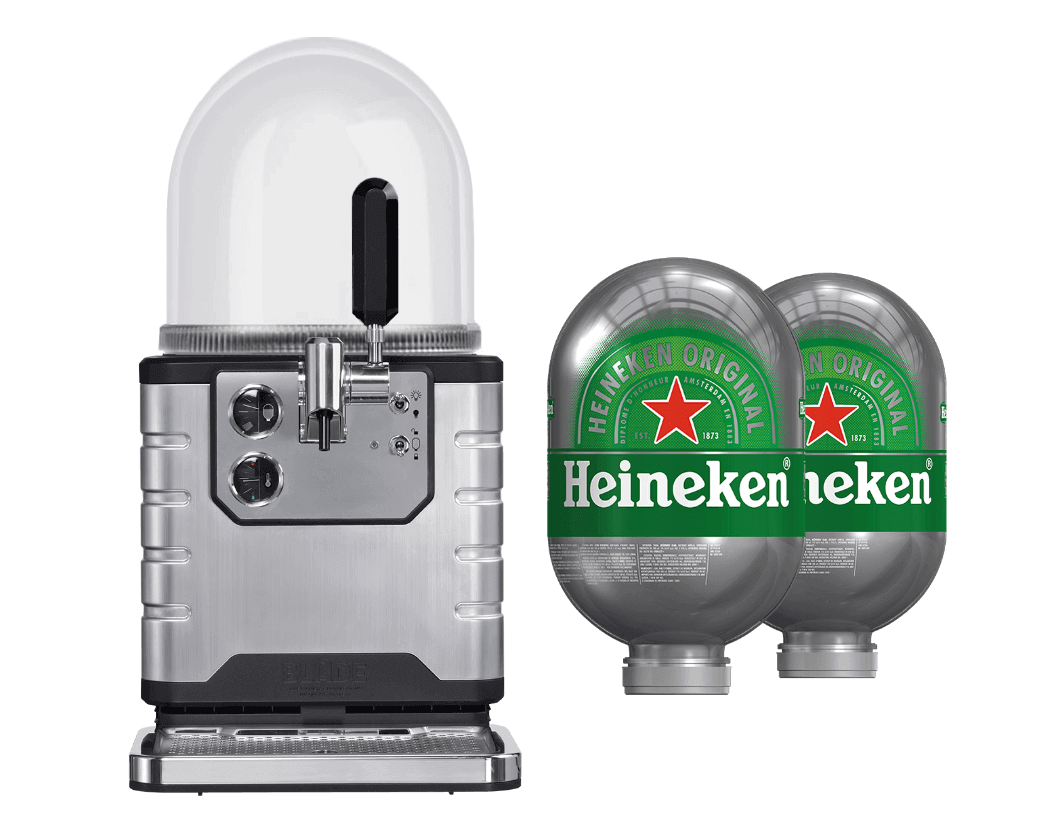Ale
A whistle-stop tour of this very broad beer style.
What exactly do we mean when we talk about ale? What are the elements that characterise them and how are they different to lagers?
England has been producing ale for centuries, and as a traditional beer brewing country, is well known for its ale. Ale to this day remains tied to English styles, these include bitter, mild and brown ale. Pale Ale also, a term that appeared in the 17th century was originally used to indicate beers made from lighter malts; however, beer drinkers would routinely refer to the same beers as “bitters”. It is presumed that the bitter term was used to differentiate these pale ales from the less hoppy beers such as porter and stout that had preceded them. By 1830, however the expressions bitter and pale ale were synonymous. For a more detailed article about traditional English ale, read Cask ale.
Brown ale
Brown ale is originally a British style although now produced in several regions, including Belgium and America. It is particularly important because it is in fact the style from which most other English styles evolved. It's a pretty diverse style with a relatively wide colour range, it can be anything from light brown to dark amber or dark brown in colour. There are many Belgian brown ales too, these quite often have English roots.
Is ale beer?
Of course! In a general sense "ale" is the term used for all top fermented beers. These use yeasts of the saccharomyces cerevisiae family, they work at the top of the fermenter, commonly between 15 and 25 degrees Celsius, although some exceptions go up to 35 degrees or even higher. All ales are beer but not all beers are ale.
The differences between ale and lager?
Yeast is the most common way of distinguishing between beer types, especially since yeast is the most important component of beer. The brewmaster of Lagunitas says "yeast makes beer, brewers make wort". Yeast is the soul of beer and it provides the majority of the flavour components. The term "top fermentation" actually has no reference to the alcohol content, although almost of the styles that are "stronger" fall into the top fermentation category. Instead, it refers exclusively to the type of yeast used.
Ales are contrasted to lagers, the bottom fermented beers which use saccharomyces pastorianus or carlsbergensis yeasts. They work at the bottom of the fermenter between 5 and 10 degrees. Almost all Central European styles, including the famous pils, belong to this family.
Top fermenting beers commonly show greater levels of esters. This is not always the case however, American west coast IPA for example, such as Stone IPA, has a low ester profile, this one is mainly about the hops! Ale ester examples range hugely from the strong banana aroma found in Weizen, that spicy or fruity aroma, generally attributed to Belgian styles to the more subtle apple aromas of Kölsch. Try, Westmalle Tripel if you want to really experience esters. Again, not always, but esters are generally lower in bottom fermentation beers. Lager flavour profiles are generally characterised by clean, crisp tastes. We have barely scratched the surface about fermentation, read Yeast fermentation for more detailed information about top fermentation vs bottom fermentation.
And remember, although the traditional British beer styles are perhaps the most widely consumed in the U.K, ales are not all British. There are German, namely wheat beer or German Weizen, and Belgian ones too. Many Belgian specialty beers do in fact have English roots.













